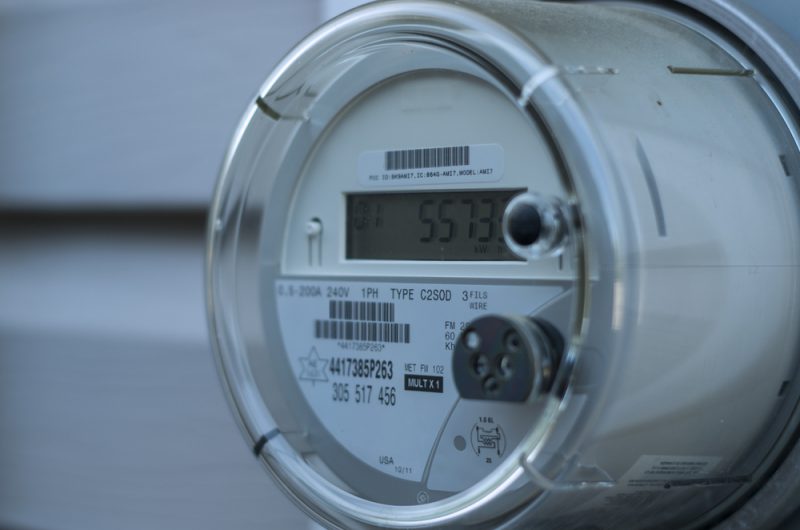MPSC approves distributed generation billing procedure to replace residential net metering

The Michigan Public Service Commission (MPSC) adopted a new billing method for residential consumers this week, creating distributed generation (DG) to eventually replace existing net metering policies.
The new plan is the direct result of a study conducted by the Commission following new energy laws signed by Gov. Rick Snyder in December 2016. They examined those customers of rate-regulated electric utilities that use alternative energy net metering or distributed generation programs in an effort to create an appropriate tariff to suit their cost of service. Their conclusion turned to an adaptable inflow/outflow billing mechanism, whereby the energy customers buy from utilities what would be price at full retail rates and excess energy would go back to the electrical grid and credited to those consumers.
The Commission agreed to the findings following seven workgroup meetings and insight from utility, environmental policy and advocacy group, business and technical organization representatives. They determined the new pricing parameters guarantee DG customers a fair and equitable use of the electrical grid and put in place an independent framework for compensating them for excess power returned to the grid.
Utilities will now have to include a DG inflow/outflow tariff as part of rate cases filed after June 1. Customers enrolled in net metering or their utility’s final DG rate approval before June 1 will be able to remain in the net metering program for 10 years.
